Walleye Fishing: Slow or Fast Fall Rate?

When it comes to jig fishing, you have the option to add weight for a faster fall rate, or decrease the weight for a slower descent. How do you know when a slow or fast fall rate is best?
Working at Blue Ribbon Bait & Tackle, I have had the opportunity to talk with fishing guides and customers about how they feel about the fall rate of a jig. When looking through boxes that belong to walleye jig fishermen, such as Minnesota’s legendary guide, “The Griz,” you can see multiple sizes of jigs. Most people who jig for walleyes will have three main jigs in their box (1/8, 1/4 &, 3/8). Griz, however, has over 10 different sizes of walleye jigs. He is a strong believer in how the fall rate of a jig has more of a triggering aspect on a walleye than the color of the jig. Many people come into the shop and ask what color the fish have been biting on. But the color does not matter as much as the fall rate of the jig. On the Mississippi and the St. Croix River, Griz keeps only one color of jig in his box because he believes that the color is irrelevant, as long as the jig is falling at the rate of the baitfish.
My rule of thumb (of course there are always exceptions) regarding the weight and fall of a jig is to first consider water clarity. In clear water I want my bait to fall fast to get a reaction strike out of the fish. If the water is clear, walleyes and many other fish have enhanced visibility and you do not want to give the fish a chance to get a good look at the bait before he realizes what it is. In dirty and dingy water I like to have a slower fall rate because I want to give them a chance to locate it using their lateral lines in the dirty water. I start with this tactic and can usually work my way through my jigs to find the perfect jig for that particular fishing situation.
So if you're looking to enhance your jig collection, I'd first recommend adding a few different sizes, rather than a few different colors. That way you can hone in on the fall rate that works best for the particular water you're fishing.
- Josh Stevenson

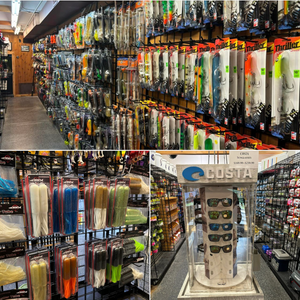

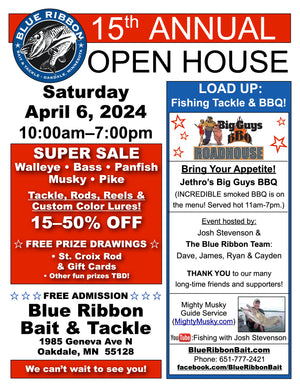
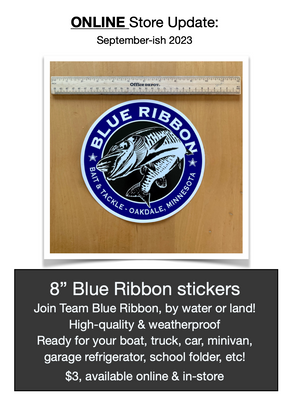
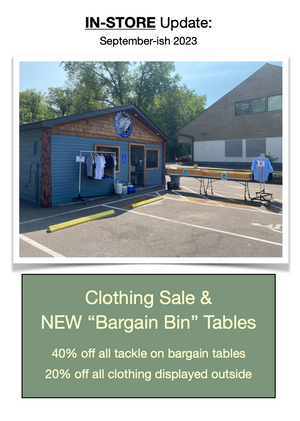
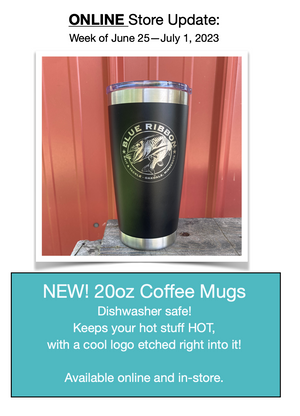
Comments 0